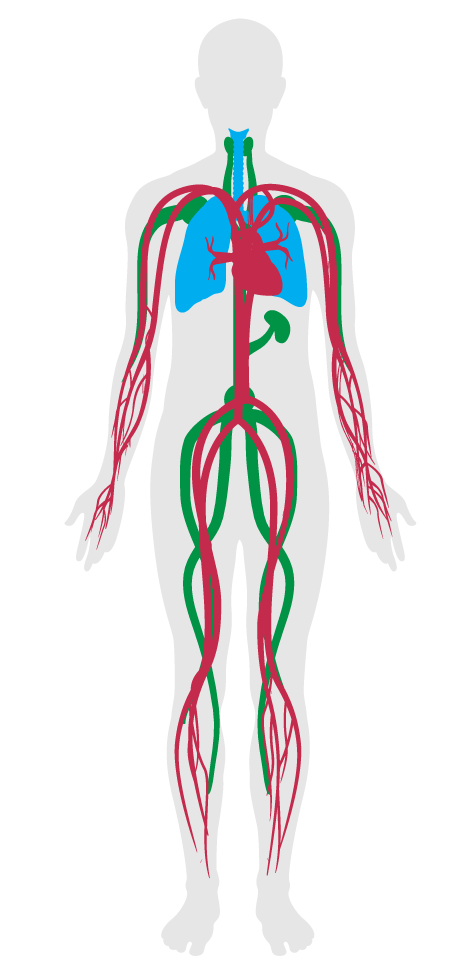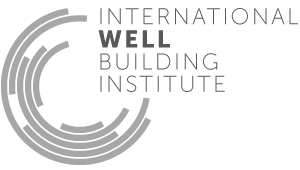Advanced air purification
- 1 Air quality standards
- 2 Smoking ban
- 3 Ventilation effectiveness
- 4 VOC reduction
- 5 Air filtration
- 6 Microbe and mold control
- 7 Construction pollution management
- 8 Healthy entrance
- 9 Cleaning protocol
- 10 Pesticide management
- 11 Fundamental material safety
- 12 Moisture management
- 13 Air flush
- 14 Air infiltration management
- 15 Increased ventilation
- 16 Humidity control
- 17 Direct source ventilation
- 18 Air quality monitoring and feedback
- 19 Operable windows
- 20 Outdoor air systems
- 21 Displacement ventilation
- 22 Pest control
- 23 Advanced air purification
- 24 Combustion minimization
- 25 Toxic material reduction
- 26 Enhanced material safety
- 27 Antimicrobial surfaces
- 28 Cleanable environment
- 208 Injury prevention
23. Advanced air purification
Some circumstances justify greater investment in air purification strategies. For example, proximity to highly traveled roads and seasonal variation can affect outdoor air quality, increasing ozone and VOC levels. Additionally, wet climates tend to have high levels of airborne mold.
This feature requires the use of carbon filters to remove VOCs and ozone, and ultraviolet sanitizers to irradiate any bacteria, viruses and mold spores present in circulating indoor air.
To reduce VOCs in the indoor air, buildings which recirculate air use one of the following methods:
Water from all kitchen faucets and drinking fountains is tested quarterly (with reports submitted annually to the IWBI) for the presence of the following dissolved metals or metalloids:
As evidence that the selected filtration/sanitation system chosen continues to be fully operational, projects must annually provide IWBI with:

Applicability Matrix
| Core & Shell | Tenant Improvement | New Construction | |
|---|---|---|---|
| Part 1: Carbon Filtration | O | O | O |
| Part 1: Quarterly Testing | - | O | O |
| Part 3: Air Quality Maintenance | O | O | O |
| Commercial Kitchen | Schools | Multifamily Residential | Restaurant | Retail | |
|---|---|---|---|---|---|
| Part 1: Carbon Filtration | O | O | O | O | O |
| Part 1: Quarterly Testing | O | O | O | O | O |
| Part 3: Air Quality Maintenance | O | O | O | O | O |
Verification Methods Matrix
| Letters of Assurance | Annotated Documents | On-Site Checks | |
|---|---|---|---|
|
PART 1 (Design) Carbon Filtration |
MEP | Spot Check | |
|
PART 1 (Protocol) Quarterly Testing |
Operations Schedule | ||
|
PART 3 (Protocol) Air Quality Maintenance |
Operations Schedule |
| 23.2.a |
The EPA's "Residential Air Cleaners" notes that properly designed UVGI cleaners in typical airstream disinfection applications could reduce the viability of vegetative bacteria and molds, and could provide low to moderate reduction in viruses. |
| 23.2.b |
The EPA's Residential Air Cleaners document notes that photocatalytic oxidation cleaners are intended to change gaseous pollutants and associated odors into harmless products. |
